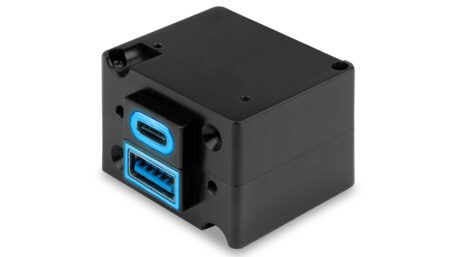Rockwell Collins has signed a memorandum of understanding (MOU) with OneWeb to be the exclusive developer and provider of satcom terminals for OneWeb’s global aviation broadband service. Rockwell Collins will also be an authorized value-added reseller of OneWeb connectivity services.
“This collaboration is a significant next step in our information management and connectivity journey,” said Kent Statler, executive vice president and chief operating officer of commercial systems for Rockwell Collins. “By working with OneWeb to bring unprecedented bandwidth and connectivity speed to the aviation industry, we’re strategically positioned to rapidly change the way airlines operate and to provide passengers with a connected experience that mirrors their daily lives.”
OneWeb will team with Rockwell Collins to develop and certify the satcom terminals, which will utilize electronically scanned array (ESA) antenna technology developed by Rockwell Collins’ Advanced Technology Center. Rockwell Collins says that the ESA antennas use rapid beam movement and reconfigurable antenna patterns to ensure that aircraft stay connected during flight.
“The antenna is a fraction of the size and weight of a traditional airborne satcom antenna, which means significant long-term cost savings for airlines from reduced fuel consumption,” said John Borghese, vice president, Advanced Technology Center for Rockwell Collins. “In addition, the unique design and scalability of our Ku-band ESA technology matched with the OneWeb network opens up possibilities to enable connectivity in other markets beyond aerospace.”
OneWeb is building a constellation of more than 600 satellites, aiming to provide approximately 10Tbps of high-speed broadband around the globe. “Our mission is to enable affordable internet access for everyone,” said Greg Wyler, CEO and founder of OneWeb. “While the primary goal is to bridge the digital divide for rural areas, we are excited to be supporting the connectivity needs for aviation. Market availability will align with our system deployment plans. The antenna itself, being so small and rugged, will support many applications beyond aviation.”




